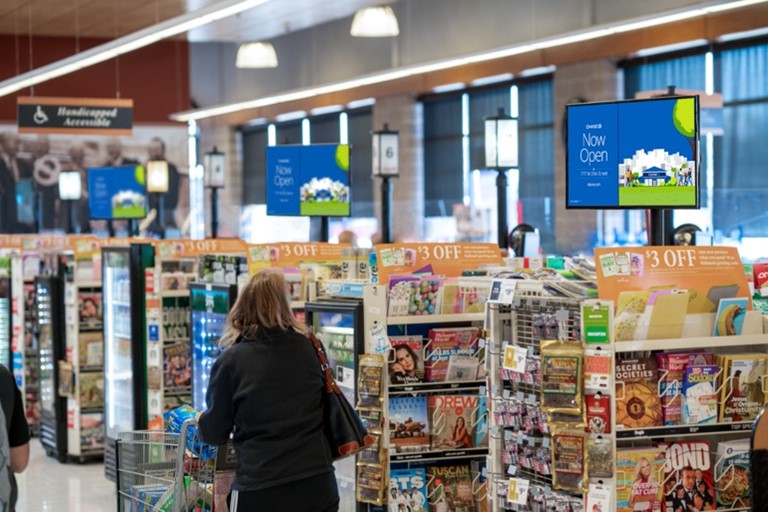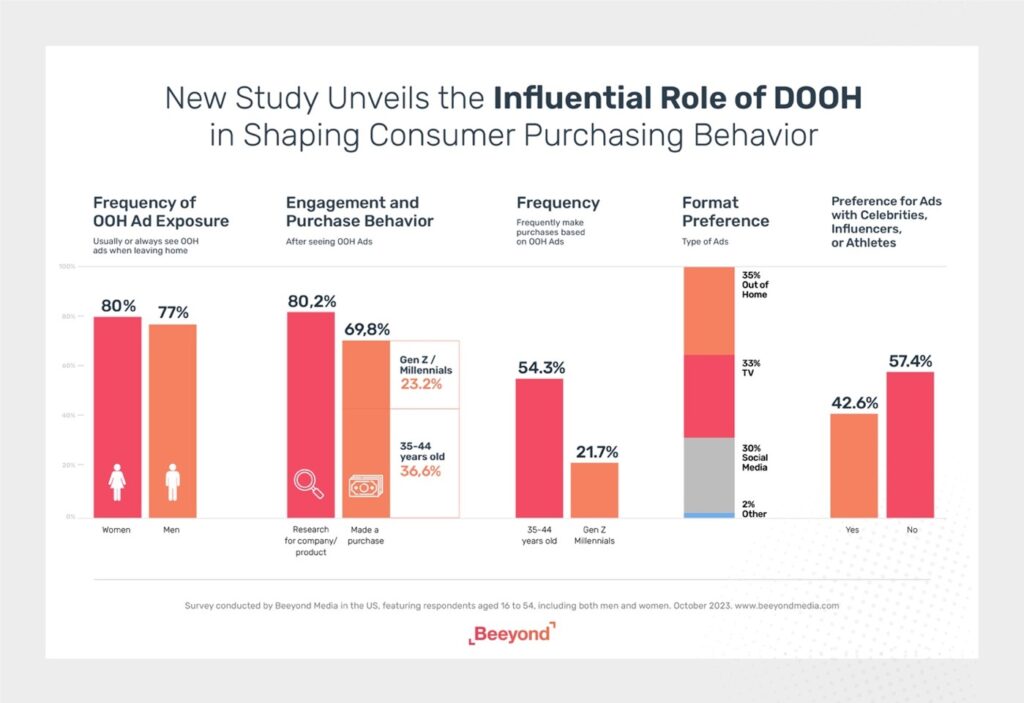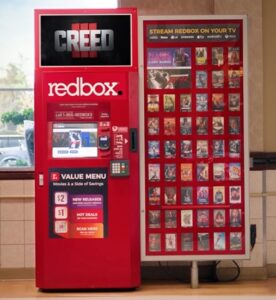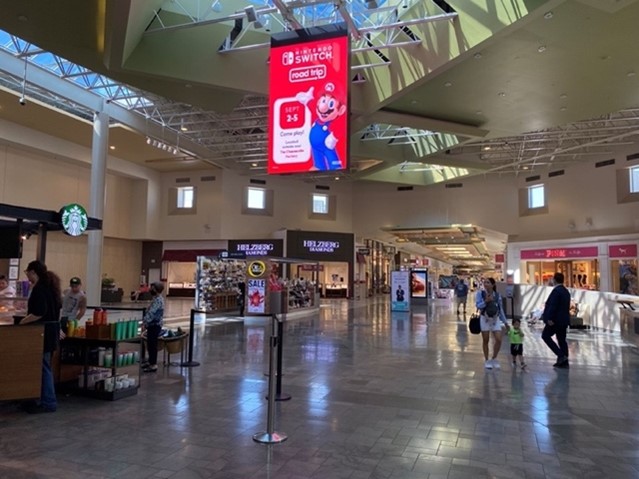Geopath Fast Fact: Looking Ahead into 2024 – Part 3
The Continued Rise of Retail Media

In a study by Beeyond Media published last year, findings showed a very high correlation between consumers seeing OOH ads and making a purchase – nearly 70%. Even higher was the percentage of consumers who did additional research on the product/company in general after seeing OOH ads. As reported by the OAAA in their 2023 Key Trends report, OOH advertising also generates the highest ad recall of any core advertising channel.

These findings underscore a sentiment that has been long-held in the OOH industry: OOH can be extremely effective at increasing brand awareness, driving sales, and influencing overall purchase decisions.
Within the larger umbrella of OOH, there is a rapidly growing category that is particularly well-suited at reducing the time between exposure and purchase: Retail Media. In fact, according to a study from GroupM, global Retail Media is expected to grow by 8.3% this year, building on the 9.8% growth in 2023.
On the whole, a key piece of OOH’s value is its ability to reach consumers while they are out and about in the world, and near to points of purchase. Retail Media thrives in this regard, with the ability to expose a consumer in-store to messaging for products that can be purchased in that very location.
Retail Media, part of Geopath’s Place-Based media class, has been growing rapidly in the last few years, in both number of audited units and variety of display formats. Grocery TV, for example, makes use of multiple display types in grocery and food stores; these include mid-aisle ads for exposure while browsing the shelves, and Point of Purchase displays to encourage last-minute pickups near checkout.
Other players in the space, such as Redbox and Terraboost, have been making use of multi-purpose assets that include OOH displays to help reach consumers along their journey. Redbox (part of Crackle Connex), known for their convenient DVD and Blu-ray rental boxes, make use of an advertising display on their kiosks to showcase titles for rental, as well as products around the store in which they’re placed.
assets that include OOH displays to help reach consumers along their journey. Redbox (part of Crackle Connex), known for their convenient DVD and Blu-ray rental boxes, make use of an advertising display on their kiosks to showcase titles for rental, as well as products around the store in which they’re placed.
A similar approach has been leveraged by Terraboost, who offer complimentary sanitizing wipes at store entrances, with ad space available on the kiosk itself. In both of these instances, there is no additional footprint within the store required to add advertising space, but the opportunities that arise are huge.
 There are of course Retail Media operators whose inventory falls outside of a store itself; in the case of Simon, the largest owner of malls in the US, much of the Retail Media they employ is found in the shared common space between many stores. In their mall locations, they utilize Information Kiosks and banner ads in concourses to interact with consumers as they flow through the mall, bouncing between stores. This offers quite a variety of opportunities for the types of ads that can be placed on their displays. Keep in mind, the examples mentioned here are just a few of the many Retail Media members and media types that Geopath measures. This category includes many unique approaches, such as Stingray Advertising’s Audio OOH (AOOH) ads that can be found in retail settings as well.
There are of course Retail Media operators whose inventory falls outside of a store itself; in the case of Simon, the largest owner of malls in the US, much of the Retail Media they employ is found in the shared common space between many stores. In their mall locations, they utilize Information Kiosks and banner ads in concourses to interact with consumers as they flow through the mall, bouncing between stores. This offers quite a variety of opportunities for the types of ads that can be placed on their displays. Keep in mind, the examples mentioned here are just a few of the many Retail Media members and media types that Geopath measures. This category includes many unique approaches, such as Stingray Advertising’s Audio OOH (AOOH) ads that can be found in retail settings as well.
With such a variety in formats, and a variety in the ways that consumers can be exposed to messaging, there is a massive opportunity for repeat exposures to a product or campaign. This ultimately grants a brand the ability to tell its story across a variety of media types, and the flexibility to vary the message as the consumer gets closer to the point of purchase.

Imagine this scenario: someone begins their consumer journey, leaving their home to go shopping at a grocery store. Along the way, they see a bulletin display for a product on the highway. Walking into the store, they grab a sanitizing wipe to clean their cart, and are met with an ad for the same product they saw on the drive over. While shopping, they see an ad for a promotion for that same product in an aisle display, which they can grab before heading to the register.
While this may be an example, the possibilities here are not at all far-fetched. Virtually no other advertising medium has the flexibility to interact with consumers in so many ways, at so many points along their journey. Not only does this variety offer more chances for repeat exposures on the same consumers, but it offers a greater chance to expose more people to a campaign in general, allowing brands to foster deeper connection with the consumers they’re reaching.
